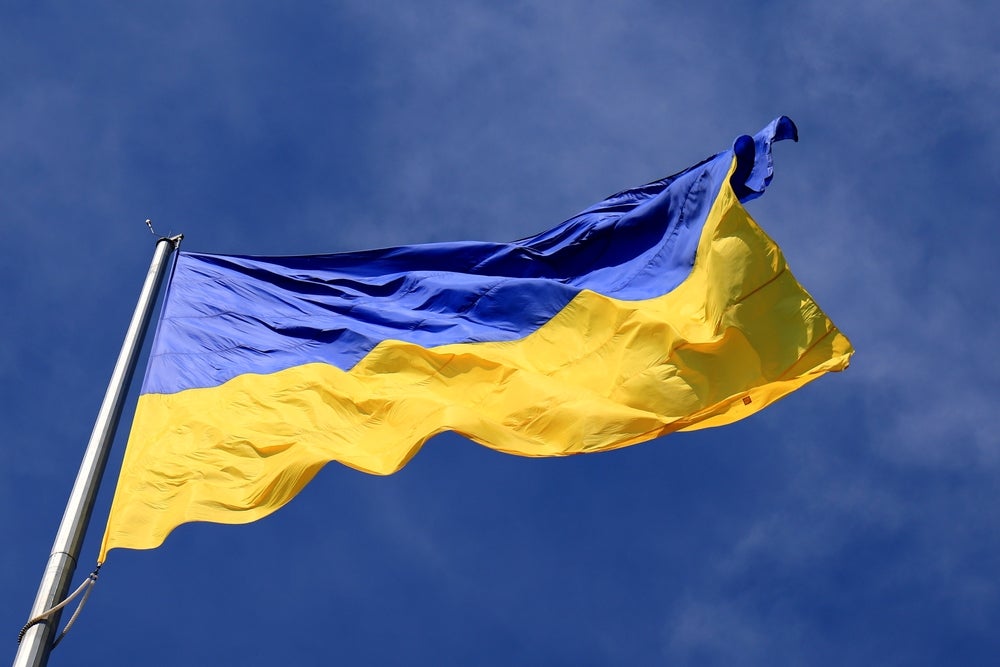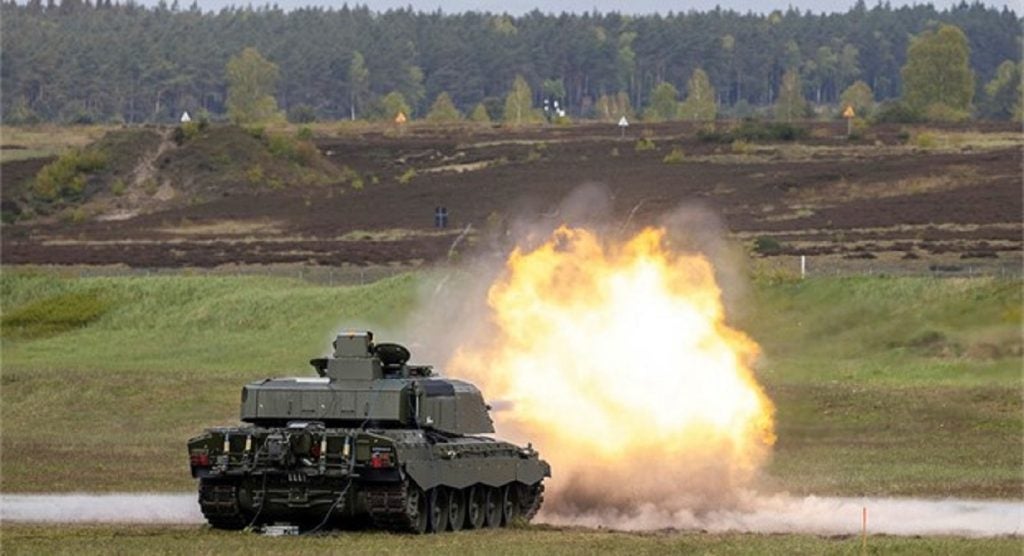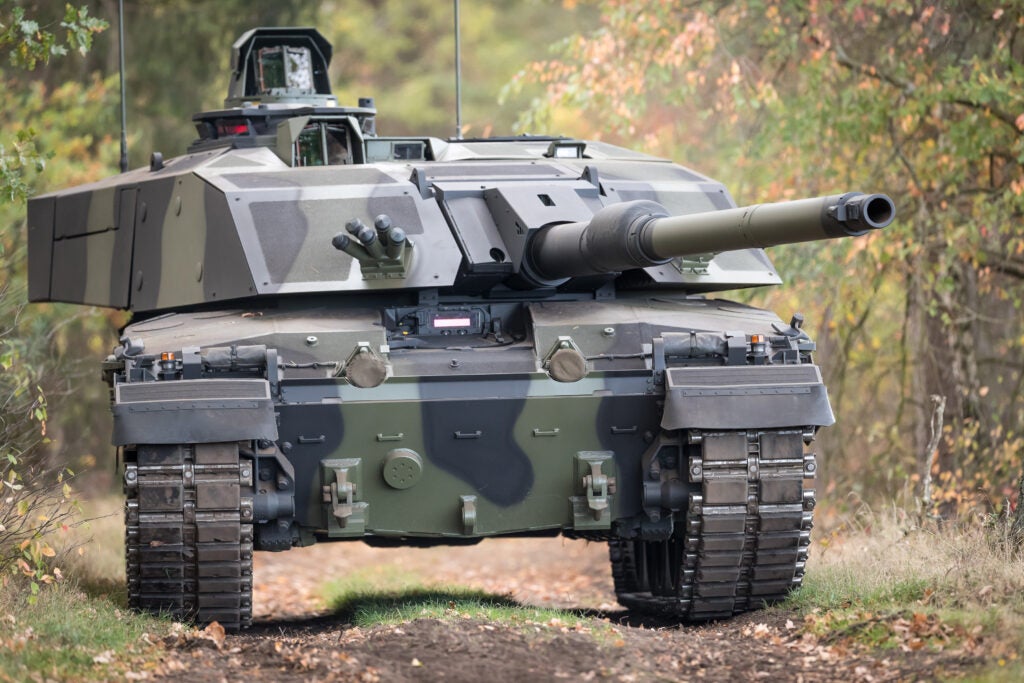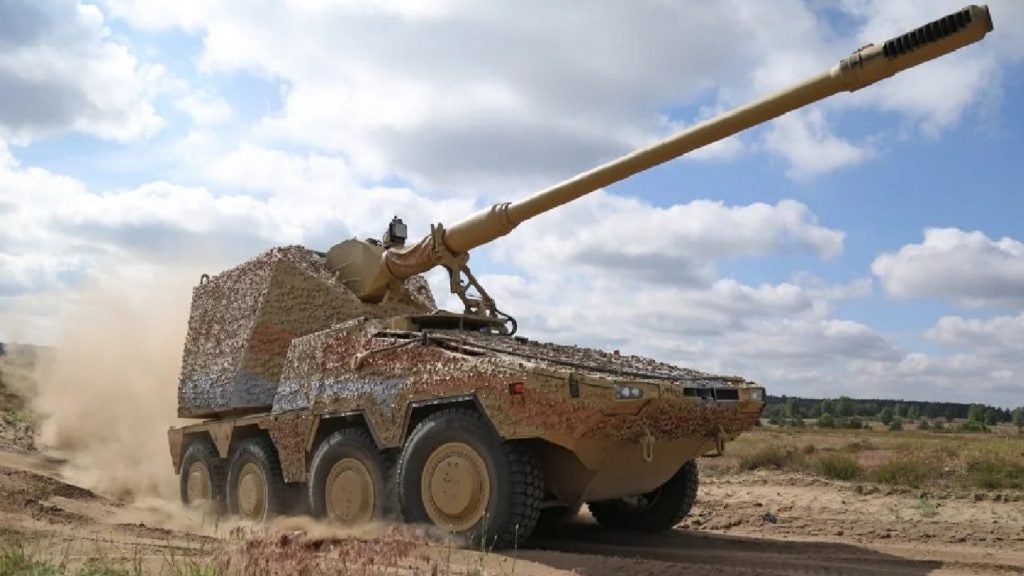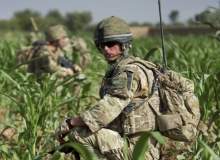

When British soldiers entered Iraq in 2003 and Helmand Province, Afghanistan, in 2006, much of their equipment still resembled what their forebears were wearing during the first Gulf War in 1991. That’s because most of it was actually the same kit. Troops still used the same rifle, wore the same body armour and even the same camouflaged uniform.
By 2014, after a decade of war that has severely tested the British Army, most personal kit had to be adapted or replaced to address several capability gaps. Heavy casualty rates not seen since the Korean War have pushed upgrades in personal clothing, protection, ISTAR equipment and weaponry. British soldiers today are almost unrecognisable and most Cold War-era kit has been assigned to the dustbin of history.
A soldier deploying on operations is now given a black bag full of equipment worth £3,000.
The majority of new equipment has been purchased through Urgent Operational Requirements (UORs) funded through the UK Treasury rather than the Ministry of Defence’s (MoD) main equipment budget. UORs have allowed commanders to respond quicker to changing operational environments and emerging threats through the rapid acquisition of equipment.
But UORs come at a price. The total spend on equipment purchased as a UOR between 2008 and 2012 was approximately £1.1bn, according to figures released by the government in December 2012. Despite this hefty bill, this equipment has saved lives and will make the British Army a more effective force in the future.
How well do you really know your competitors?
Access the most comprehensive Company Profiles on the market, powered by GlobalData. Save hours of research. Gain competitive edge.

Thank you!
Your download email will arrive shortly
Not ready to buy yet? Download a free sample
We are confident about the unique quality of our Company Profiles. However, we want you to make the most beneficial decision for your business, so we offer a free sample that you can download by submitting the below form
By GlobalDataCan cash-strapped militaries use commercial innovation for their own ends? .
The standard-issue rifle SA-80
The wars in Iraq and Afghanistan have given defence planners a chance to evaluate the advantages and limitations of the weaponry available to the British soldier. It was the first real test of the SA-80, the British Army’s standard-issue rifle introduced in 1987. On the whole, it stood up to the harsh conditions of Basra and Helmand, but commanders realised it could benefit from a number of modifications.
As a result, the rifle we see today has vastly changed in appearance from the first generation of SA-80 and that’s mostly the result of UORs. Modifications have increased the weapon’s performance through decreasing overall weight and replacing a number of external parts. Weight-saving modifications include polycarbonate magazines which began replacing metal magazines in 2011.
A Picatinny Quad-rail assembly replaced the old plastic hand guard during the early days of the Helmand campaign and has allowed a number of external attachments to be fitted, including a foregrip handle and a laser light module (LLM). The MoD announced last month that soldiers would be receiving new lasers lights for their rifles as part of a £53m investment in kit.
Modifications such as these have increased the accuracy and effectiveness of a British soldier when firing at the enemy. The acquisition of the ELCAN SpecterOS 4x Lightweight Day Sights, the first stage of the MoD’s Future Integrated Soldier Technology project, has also aided this development. With the modifications, the current generation of SA-80s now weigh around 1kg less than their predecessors.
Other off-the-shelf weapons that have been procured include US-made sharpshooter rifles, combat shotguns, new sniper rifles and the Glock 17 pistol.
Changing camouflage patterns

One of the most visible changes to a British soldier’s personal kit is the introduction of a new camouflage uniform. The traditional disruptive pattern material (DPM), in use with the British Army since the 1960s, has been phased out in favour of a newer pattern. Again, it was the operational realities of Afghanistan and UORs which spurred the change.
Soldiers were given the new Multi-Terrain Pattern (MTP) uniform in 2010 after desert-coloured DPM proved inadequate across the varied landscape of Helmand. It was particularly ineffective in areas of lush vegetation along the Helmand River often referred to as the ‘green zone’. Some soldiers had even resorted to dying their uniforms green in an effort to limit their exposure in the green zone. MTP was the British Army’s answer to this.
Along with camouflage changes, British soldiers have also benefitted from a significant investment in new body armour and equipment. As of 2013, the government had spent around £62m on protection, clothing and other combat gear UORs. One of the first changes was the introduction of Osprey, a considerable, but heavier, improvement from the decades-old Enhanced Combat Body Armour (ECBA). ECBA was initially used in Iraq and Afghanistan and had two small ceramic plates on the front and rear to protect the heart, but little else.
Adapting body armour to operational realities
The early days of the Afghanistan conflict saw British troops engage in fierce dismounted combat and, unlike later on in the conflict, most casualties were the result of gunshot wounds. Along with similar experiences in Iraq, it was realised that ECBA was simply not enough protection for soldiers.
There are downsides, however. Adding bigger plates means Osprey weighs nearly 20kg, a considerable increase from its predecessor and a significant challenge for soldiers who already carry ammunition, weapons and supplies.
The armour has also had to go through several design modifications after complaints from soldiers in the field. When the armour was first introduced one angry Royal Marine reportedly said: “Who designed this thing? Someone behind a desk?”
New body armour was closely followed by new helmets as the older Mk 6 helmets first introduced in 1982 had issues when combined with Osprey. Troops in combat said the Mk 6 helmets would be pushed over their eyes when in the prone position, severely restricting their vision. The replacement, the Mk 7, has a gap above the eyes to compensate for this and is 1kg lighter.
These are just some of the upgrades; there are significantly more including new body armour for the pelvic region, ballistics glasses and state-of-the-art ‘racal-moulded’ ear protection.
ISTAR and optics equipment
British soldiers have also benefitted from a number of improvements in tactical-level intelligence, surveillance, target acquisition, and reconnaissance (ISTAR) capabilities. One of the most innovative technologies used by troops is the unmanned system. Advancing technology means most infantrymen can deploy small, lightweight drones to recce targets and sniff out the enemy.
Last year, the MoD showed off the Black Hornet, a new fleet of nano-drones being used in Afghanistan. They measure just 10cm by 2.5cm but are capable of relaying full-motion video and still images back to the operator. To have the capability to scope ahead for enemy activity with relatively cheap and simple technology – and importantly, not risking soldier’s lives – was almost unheard of a decade ago.
US military researchers are close to developing a pizza which remains edible for three years. But is it worht the dough?
Troops have also been able to benefit from a large investment in night vision equipment. In 2010, a UOR was placed for 11,000 sets of Generation 3 night vision goggles from US-based ITT Exelis for an estimated £35m. The order effectively gave every soldier in Afghanistan a pair of goggles. Last month, the MoD announced that an additional 4,000 Head Mounted Night Vision Systems from ITT Exelis will go to the Army Reserve.
“The multi-million pound investment makes clear the MoD’s commitment to equipping our armed forces, including reservists, with world-class, battle-winning technology,” said Philip Dunne, minister for defence equipment, support and technology.
UORs and the challenges ahead
No-one can deny that the scale of investment in equipment over the last few years has been impressive. It has given British soldiers unique capabilities unavailable to them only a decade ago and, with the investment in body armour and protection, it has saved hundreds of lives. But some would argue that much of the investment has been long overdue.
Considering the large investments that were required to upgrade and replace equipment, it is clear that a lot of the kit given to British soldiers in Iraq and Afghanistan was simply not up to the job. The widely used UOR process could be a sign of years of under-investment in the armed forces. But it has been effective as a mechanism to get kit quickly to the people that need it.
A number of reviews are underway in the MoD to determine which kit acquired through UORs will be retained and added to normal equipment inventories. This is a process which is easier said than done. Because the Treasury paid for a lot of UOR equipment, if the MoD decides to keep it, it will have to pay a proportion of the original cost or the equipment must be sold or destroyed.
Despite this, new equipment and upgrades have transformed the British Army and significantly increased its fighting ability. With advanced weaponry, armour and ISTAR capabilities, it’s no longer mere hyperbole to suggest the British soldier is one of the most technologically advanced soldiers in the world.
Follow Grant Turnbull on Google+


.gif)

